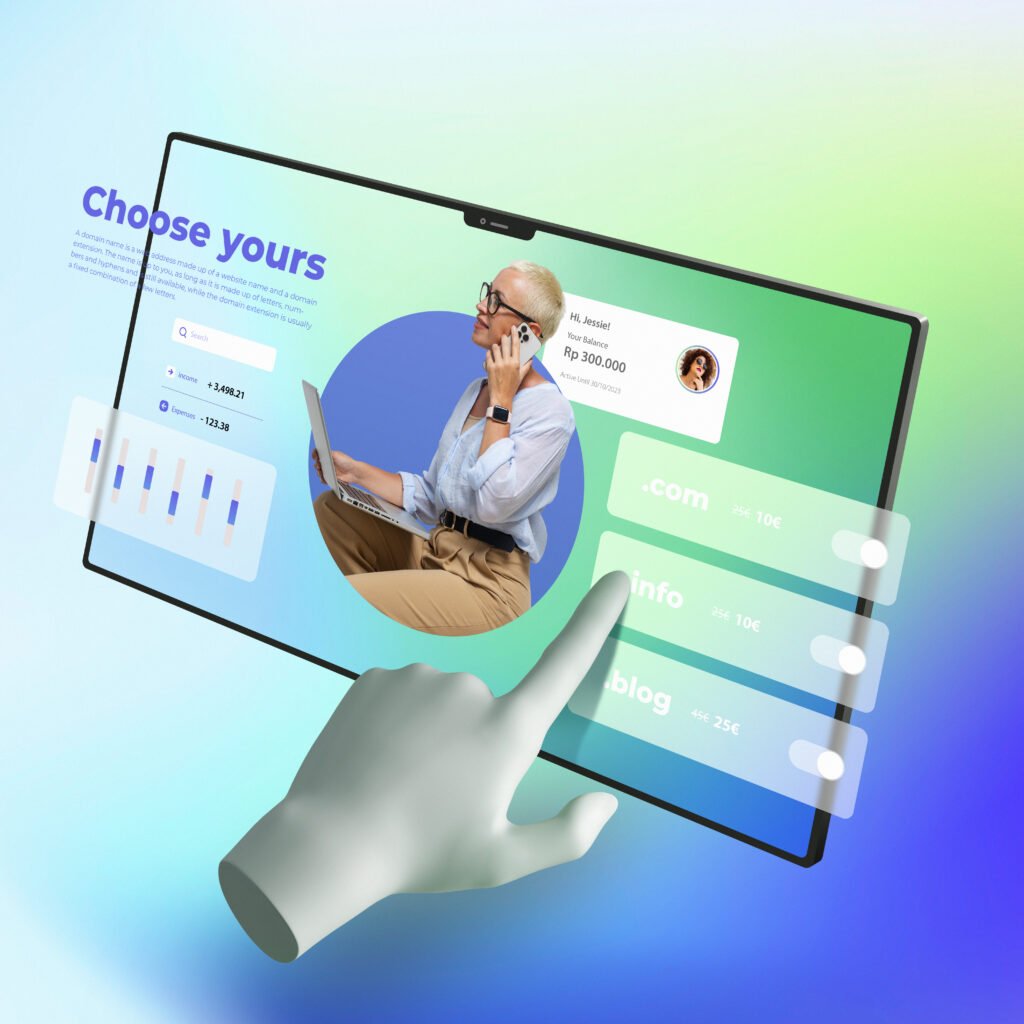Imagine this: global data usage is doubling every two years, pushing the limits of traditional data processing systems. Processing all that data on central servers miles away doesn’t cut it anymore, especially with IoT devices pouring in data at an unprecedented rate. Enter edge computing—a decentralized, game-changing approach that processes data closer to where it’s generated. By 2025, more than 75% of enterprise-generated data is expected to be created and processed outside a traditional centralized data center, according to a Gartner study on edge computing and IoT. This shift isn’t just about handling data faster; it’s a move toward making our tech infrastructure smarter and more resilient, especially for the booming Internet of Things (IoT) ecosystem. In this article, we’ll explore what edge computing is, dive into its benefits, and look at the profound impact it’s having across industries. Edge computing is reshaping how businesses operate, and the transformative potential is immense. Let’s see how. What is Edge Computing? Edge computing is a decentralized computing infrastructure that processes data at or near the data source, rather than relying on a centralized cloud or data center. In traditional cloud computing models, data has to travel to distant servers, which can introduce latency, drain bandwidth, and leave data vulnerable to network disruptions. Edge computing, on the other hand, reduces this reliance by processing data closer to where it’s generated, be it a sensor on a factory floor, a medical device in a hospital, or a security camera in a retail store. How Edge Computing Works Imagine a manufacturing plant outfitted with IoT sensors on machinery to monitor performance in real-time. These sensors generate huge amounts of data every second. With edge computing, this data is processed right there on the plant floor, reducing lag time and ensuring immediate insights into equipment performance. This aligns with concepts explored in McKinsey’s insights on Industry 4.0, where edge computing powers advancements in automation and efficiency. Key Benefits of Edge Computing Edge computing’s popularity is soaring because it offers tangible benefits. Here are the key ways in which it enhances data processing and storage: 1. Reduced Latency Data processed on the edge doesn’t have to make a long trip to centralized servers. This minimizes latency, which is critical in applications that require real-time responses—like autonomous vehicles or high-speed trading. 2. Improved Data Privacy and Security With data processed locally, edge computing reduces the need to transmit sensitive data across networks, where it could be intercepted. This boosts security and helps companies comply with stringent data privacy regulations, making it especially valuable in sectors like healthcare and finance. Companies like Cisco emphasize security as a core component of edge solutions, integrating encryption, data isolation, and monitoring protocols to protect data at the edge. 3. Bandwidth Savings Edge computing alleviates the strain on networks by keeping data local, significantly reducing bandwidth needs. For companies handling high volumes of data, this can translate to substantial cost savings. 4. Enhanced Reliability With data processing occurring at multiple edge points, networks become less dependent on a single central server, making the system more resilient to outages and failures. This distributed model ensures consistent performance, even during periods of high demand. 5. Scalability Edge computing offers a scalable solution to handle the increasing number of connected devices in the IoT era. Organizations can scale up their data processing capabilities by simply adding more edge nodes rather than expanding a central data center. Transformative Impact on Key Industries Edge computing’s potential spans a wide range of sectors, each finding unique ways to harness its capabilities. 1. Manufacturing and Industry 4.0 In manufacturing, edge computing is central to the concept of Industry 4.0, which envisions smart factories that use IoT and automation to enhance productivity. With edge computing, real-time data from sensors, robots, and machinery can be processed on-site, enabling faster responses to equipment issues, streamlined operations, and reduced downtime. As a result, manufacturers can significantly increase efficiency and maintain a competitive edge, supported by McKinsey’s research on Industry 4.0’s impact on manufacturing. 2. Healthcare Edge computing plays a crucial role in healthcare, where immediate data processing is critical. For instance, in a hospital, patient monitoring systems equipped with edge technology can analyze data right at the bedside, enabling quicker intervention during emergencies. It also allows for better management of data privacy and compliance with healthcare regulations. Healthcare IT News highlights how healthcare providers are using edge computing to improve patient care by enabling rapid analysis of data from wearable devices and connected medical equipment. 3. Retail and E-commerce Retailers are turning to edge computing to improve customer experiences. With edge-powered systems, stores can use real-time data from cameras, sensors, and even mobile apps to personalize promotions, manage stock levels, and reduce checkout times. This not only boosts customer satisfaction but also enhances operational efficiency. 4. Telecommunications Telecom providers are leveraging edge computing to meet the demands of 5G networks, which require ultra-low latency for optimal performance. By placing data processing closer to the end user, telecom companies can provide faster, more reliable service, especially as more IoT devices connect to the network. Qualcomm’s resources on edge computing and 5G show how this technology is creating a seamless, connected experience across smart devices and infrastructure. 5. Finance and Banking In finance, where milliseconds can make a difference, edge computing allows banks and financial institutions to process transactions with minimal delay. This is particularly valuable for high-frequency trading, fraud detection, and providing seamless digital banking experiences for customers. Edge Computing and IoT: A Powerful Combination The rapid growth of IoT is both a driving force behind edge computing and one of its biggest beneficiaries. With billions of IoT devices generating data at every moment, edge computing offers an efficient way to manage and make use of this data. Here’s how: Implementing Edge Computing: Steps for Businesses For businesses interested in adopting edge computing, here are some actionable steps: Edge computing is not just about speeding up processes—it’s about transforming how businesses handle data in



